Published: July 7, 2024 | 6 mins read
Dispelling Misconceptions About Protein Kidney Stones
ARTICLE SHORTCUTS
Have you heard about protein kidney stones?
These stones are mainly made up of protein. Wait—I know what you’re thinking right now. To get straight to the point, kidney stones are NEVER caused by eating protein-rich foods. This is one of the most common misconceptions we hear about kidney stones due to negligible advice from many doctors.
But protein is in the name, right? If these stones are not due to protein, then what is? Great question! Read the next section to know what really causes protein kidney stones.
Protein Kidney Stone Causes
Contrary to popular medical advice (avoid protein-rich foods when you form protein kidney stones or any kidney stone type), the real culprits are the following:
Chronic Pyelonephritis
This means long-standing and persistent kidney inflammation related to urinary tract infection . This ongoing inflammation can lead to scarring and structural damage within the kidney tissue.
Also, inflammation can obstruct urine flow, causing stasis (urine doesn’t drain fully). When urine is stagnant, it provides more time for protein and other minerals to stick together and form stones. There’s not much research about protein kidney stones yet. However, we have a hypothesis: chronic infections can lead to biofilm formation (microbial communities), which can serve as a nidus (core) for stone formation. The bacterial biofilm can trap proteins and other stone-forming substances, initiating protein kidney stone formation.
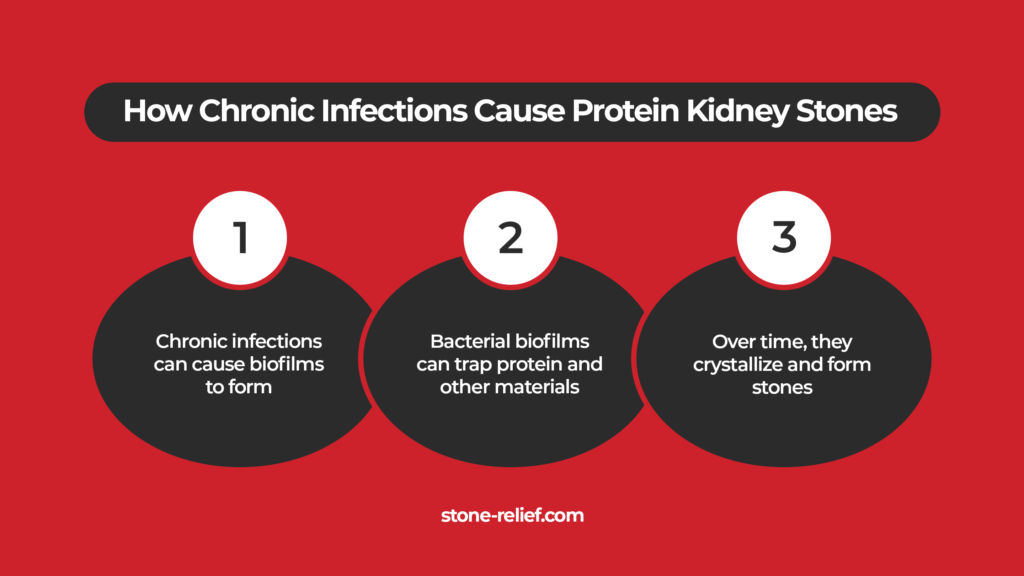
Proteinuria
Proteins are big molecules that typically can’t pass through the kidney’s small filtering units, called glomeruli. However, when these small filters get damaged, big molecules, like proteins, can leak into the urine (proteinuria). It’s like having a hole in the water filtration system in your town. Swampy water comes out of your faucet because the filters aren’t doing their job.
As mentioned, when bacterial biofilms are present, protein and other stone-forming elements can get trapped and eventually develop into stones.
End-Stage Renal Failure
In end-stage renal failure, the kidneys lose their ability to effectively filter waste products from the blood. Again, impaired kidney filtration leads to protein accumulation in the urine.
Aside from protein kidney stones, a broken kidney filtration can also cause kidney stone-like pain without a kidney stone!
Is that even possible?
Yes. Joey talked to several kidney stone formers who have been grappling with extreme pain akin to kidney stones, without any stones seen in medical imaging. Most of them are women. The common factor was recurrent urinary tract infections. Interestingly, this can result in the collapse of the renal pelvis—where urine collects before entering the ureter.
This collapse can lead to the compression of surrounding tissues and nerves, obstructing urine flow (hydronephrosis). The result would be sharp and excruciating pain in the flank or lower back region, similar to that caused by kidney stones. Just imagine when the roof collapses after an earthquake. It is difficult to pass through the rubble, right? The same logic happens here.
The point is, protein isn’t the problem but the broken filtration is. Protein is an essential nutrient that the body needs. It’s NEVER the cause of your kidney stones. In fact, meat and other animal-based foods, which are high in protein, are the safest foods for kidney stone formers. Plant-based protein sources, and anything plant-based, are the #1 cause of kidney stones. They increase your risk of calcium oxalate and calcium phosphate stones, which make up more than 80% of kidney stone cases worldwide.
So, the next time you hear this accusation against protein, you know it’s baseless and misleading. Going back to protein kidney stones, did you know that there are three subtypes? We will distinguish each one in the next segment.
Protein Kidney Stone Subtypes
Protein kidney stones are very rare. However, people who form these stones can have either of these three subtypes:
Type VIa Stones
These stones spread into all kidney cavities, including the renal pelvis (collects urine) and the calyces (cup-like structures). They have the following characteristics:
- Soft texture
- light-brown color
The primary cause of this subtype is chronic pyelonephritis (kidney inflammation).
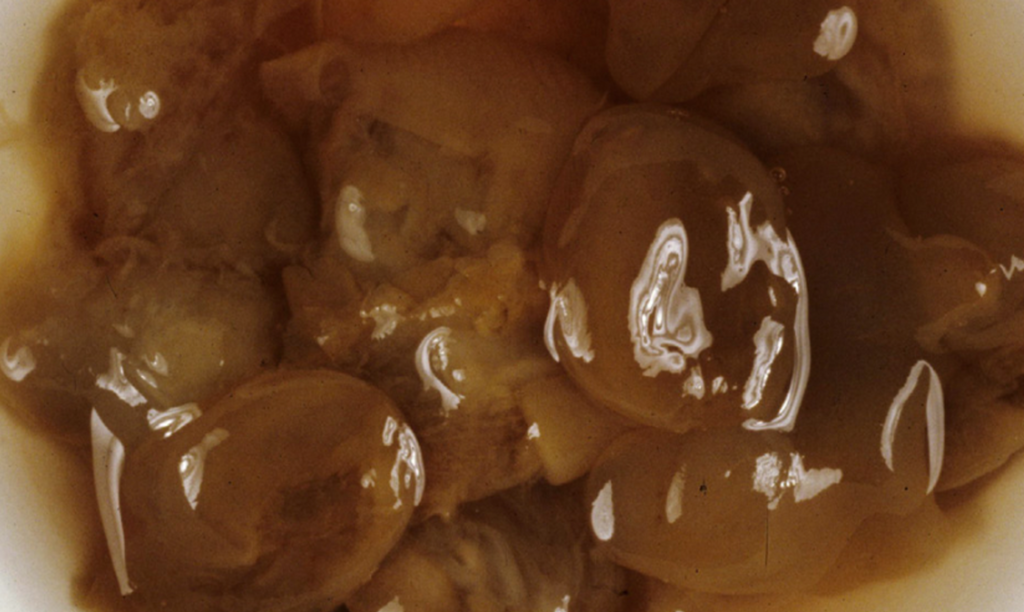
Type VIb Stones
These stones are characterized by:
- Loose concentric protein layers
- Crystal covering from drug sources
Actually, the appearance of type VIb stones is influenced by the substances deposited on the protein layers.
Patients with heavy proteinuria (protein in urine) and/or hematuria (blood in urine) usually form this subtype.
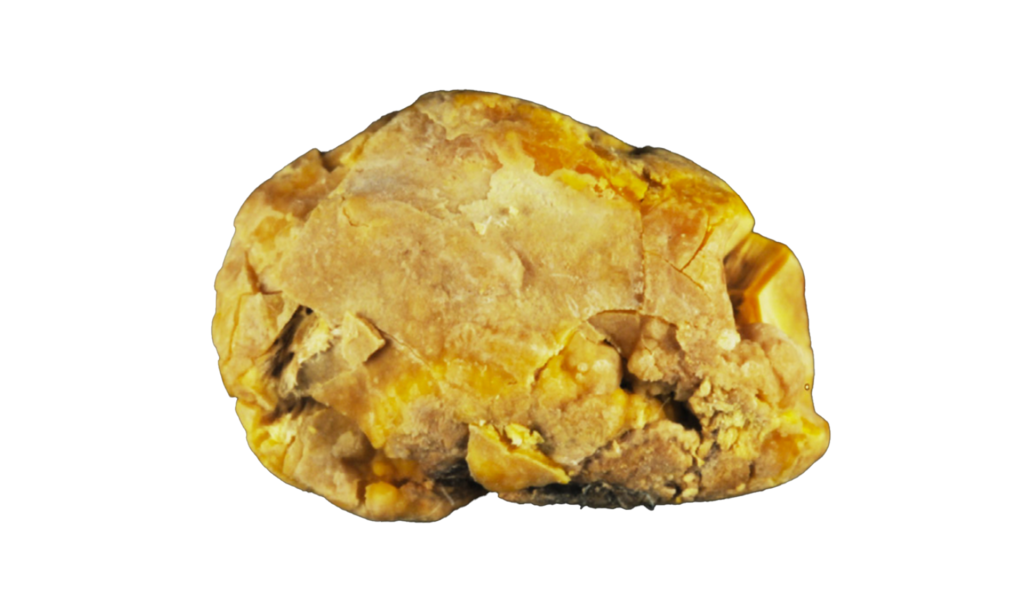
Type VIc Stones
Patients with end-stage kidney disease undergoing long-term dialysis may form small protein kidney stones (1-3 mm), known as type VIc stones.
These stones are characterized by the following:
- Disorganized structure
- Light-colored clumps (proteins and calcium oxalate)
- Dark brown shell enclosure (pure proteins)
These stones result from moderately high blood oxalate levels, defective protein reabsorption in the proximal tubule (the first segment of the kidney’s functional unit), and long-term calcium and vitamin D supplementation.
Now that you’ve familiarized yourself with what different protein kidney stones look like and why they form, let’s discuss tips on how to curb them.
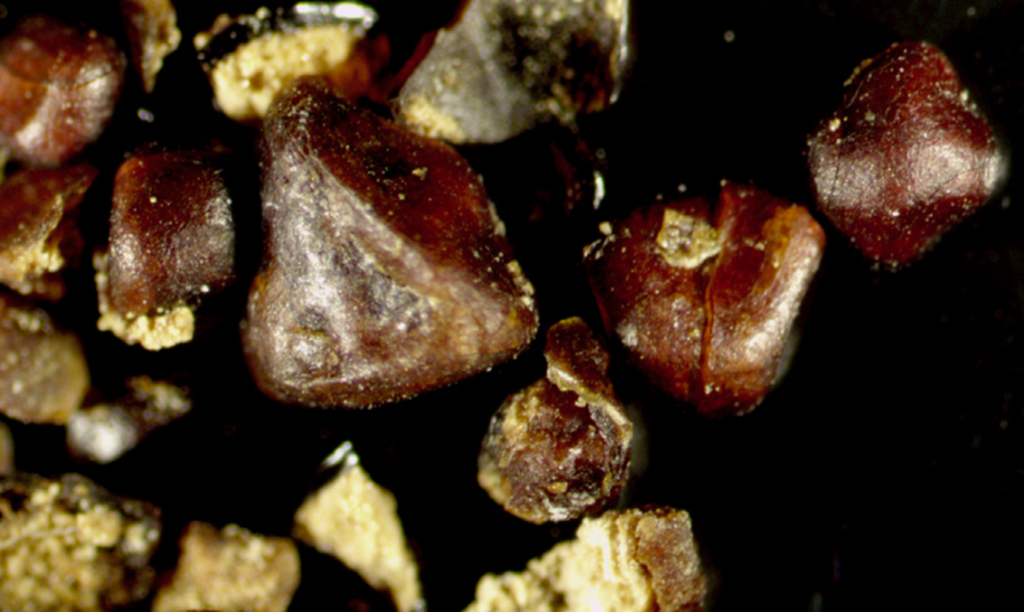
How To Manage Protein Kidney Stones
Treating or managing protein kidney stones is possible when you can troubleshoot the underlying causes.
First, you need to prevent recurrent urinary tract infections or UTIs. Solving UTIs is more than taking antibiotics. It’s about boosting your immune system through an animal-based diet. Having a robust immune system is like having the whole army protecting your home against the bad guys. We have a separate blog on this topic, which you can access here for more details.
Also, improving kidney function is a core part of the strategy. An impaired kidney filtration system is why big molecules, like protein, end up in the urine. We also have a blog on kidney function, which you can read by clicking here. In most cases, kidney function improves through proper dietary management. That’s why we invite you to our Coaching Program. This is the right place to get all the help you need to improve your kidney function and stop protein kidney stones. Don’t forget to include proper hydration as always. Drinking around 96 oz. of water is essential to flush excess protein and stone-forming materials out of your system.
If you follow these tips, you can significantly improve your prevention game. However, if you think you need our guidance to ensure your success in stopping protein kidney stones and all stone types in general, then our Coaching Program is your best option. See you there!
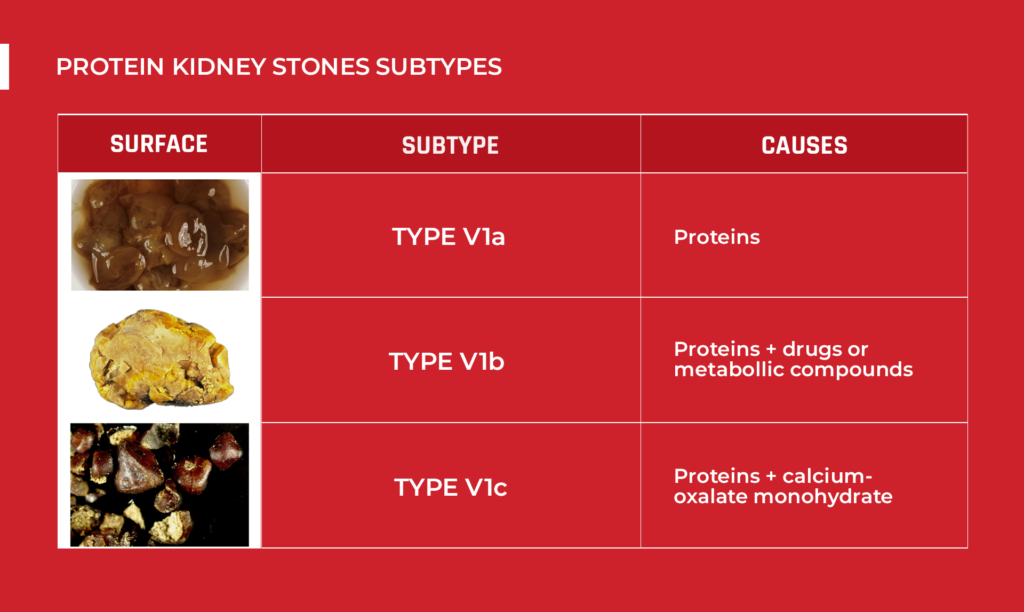
Reference:

Comments or questions?
Responses
WHAT TO READ NEXT
Publish Date: August 18, 2024
Staghorn Kidney Stones Are BIG Problems!
Publish Date: August 4, 2024
Brushite Stones: The Most Complex Kidney Stones
Publish Date: July 28, 2024
The Deadly Struvite Stones